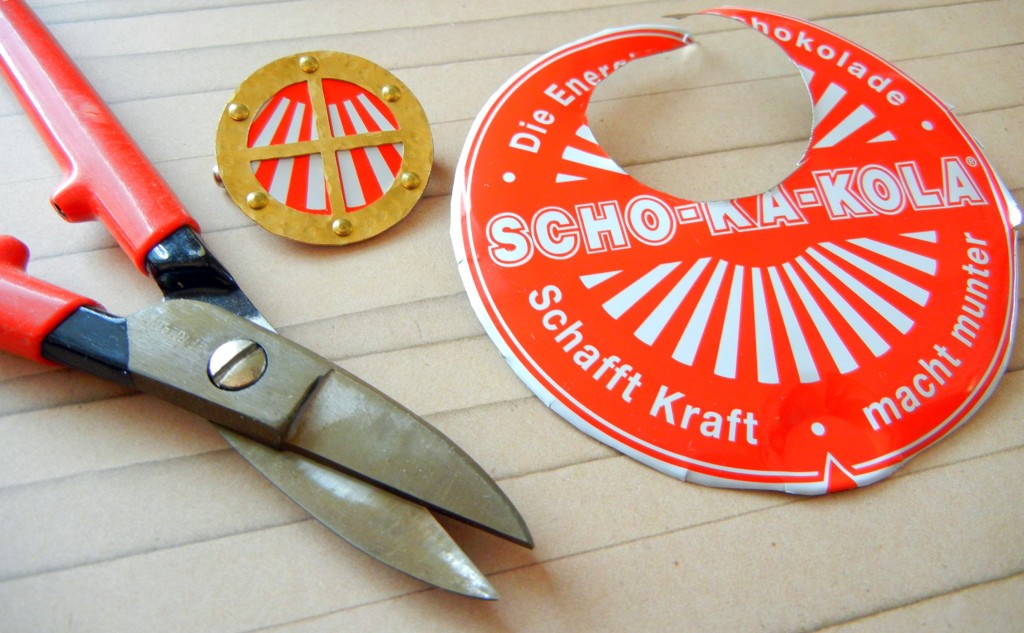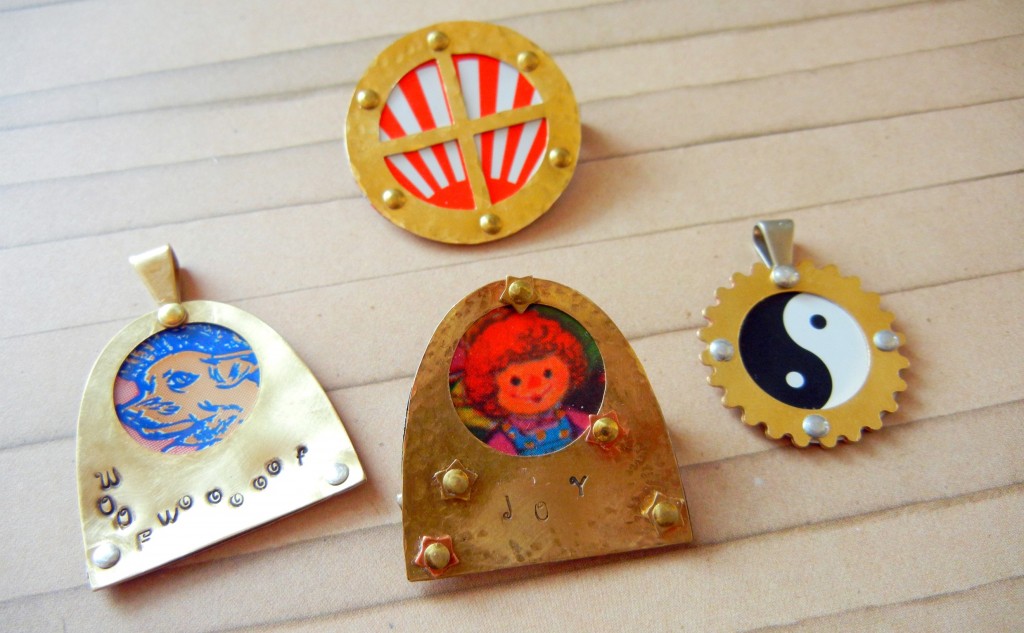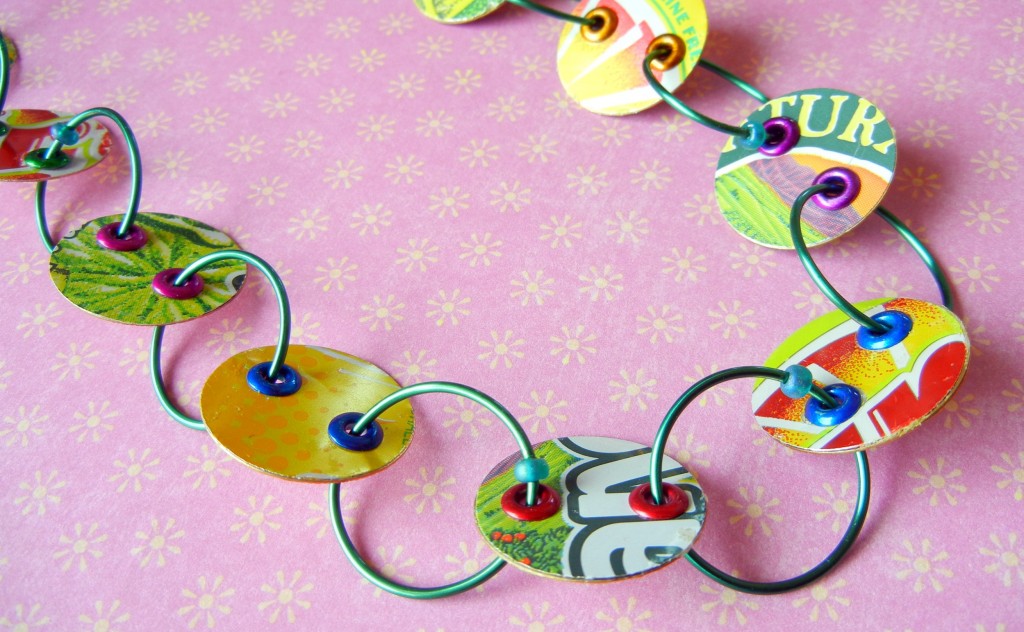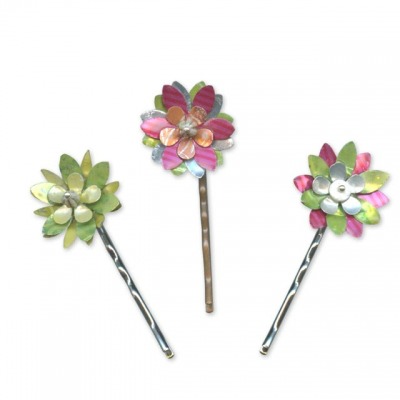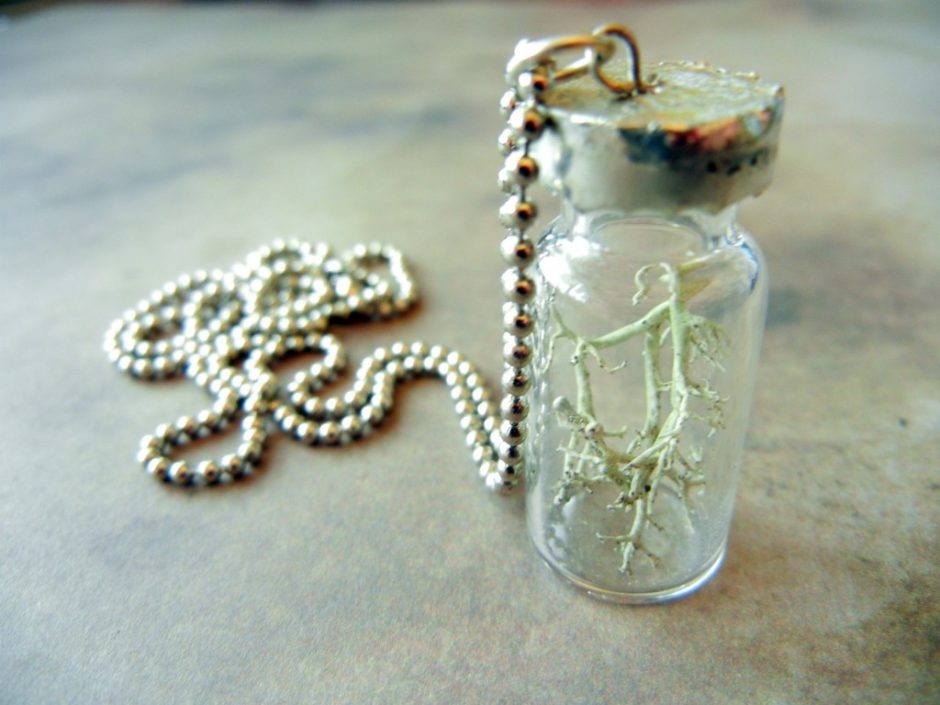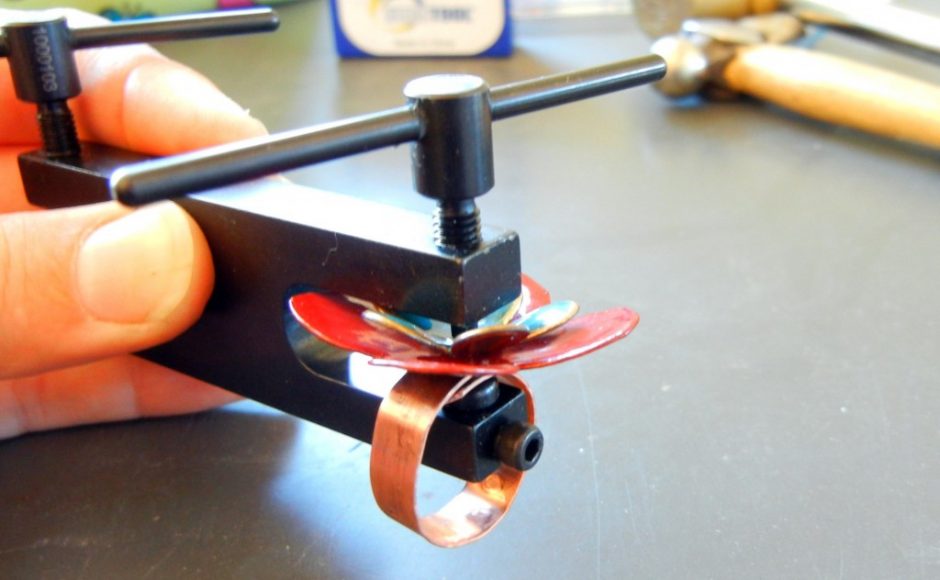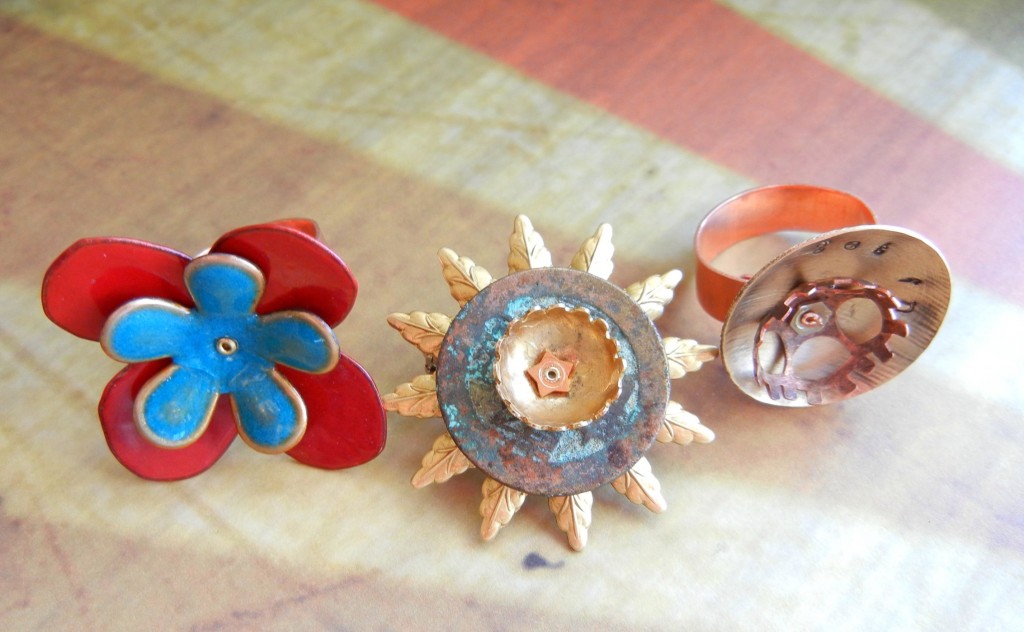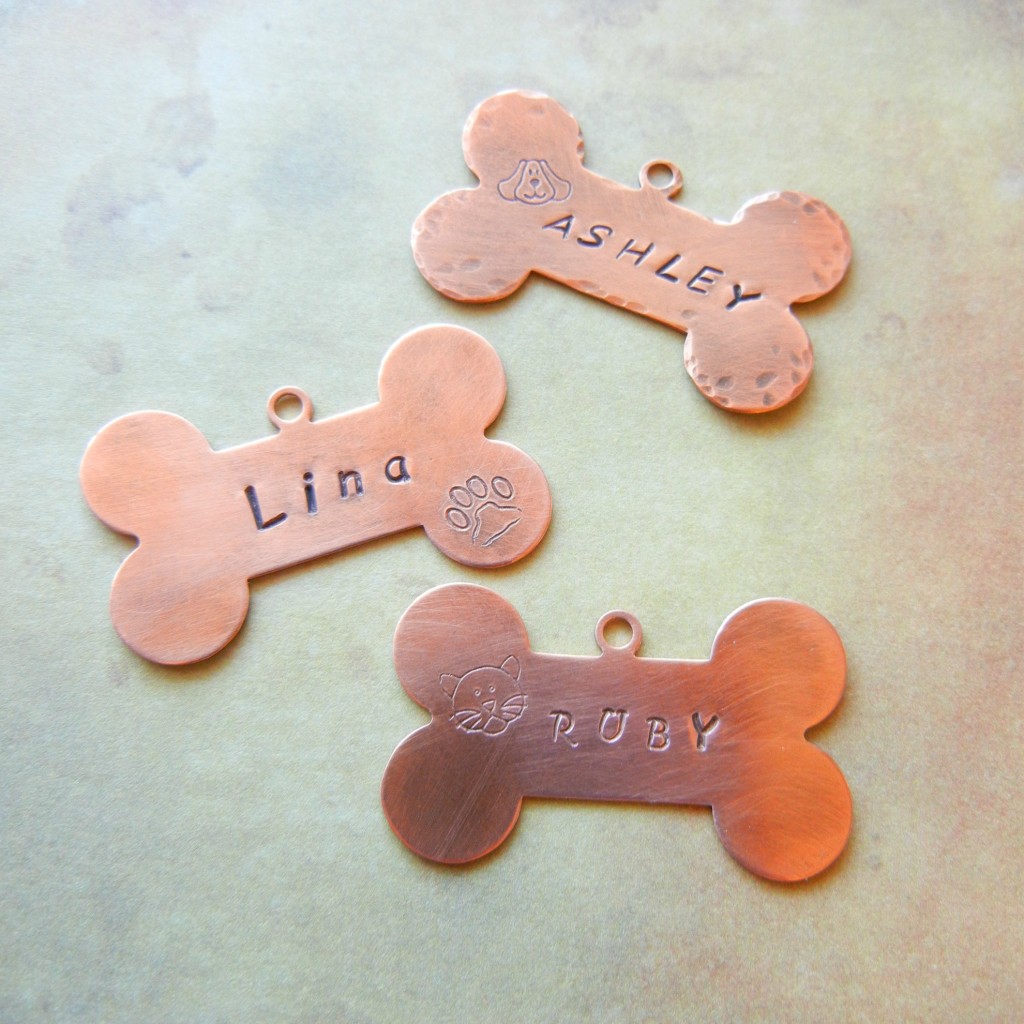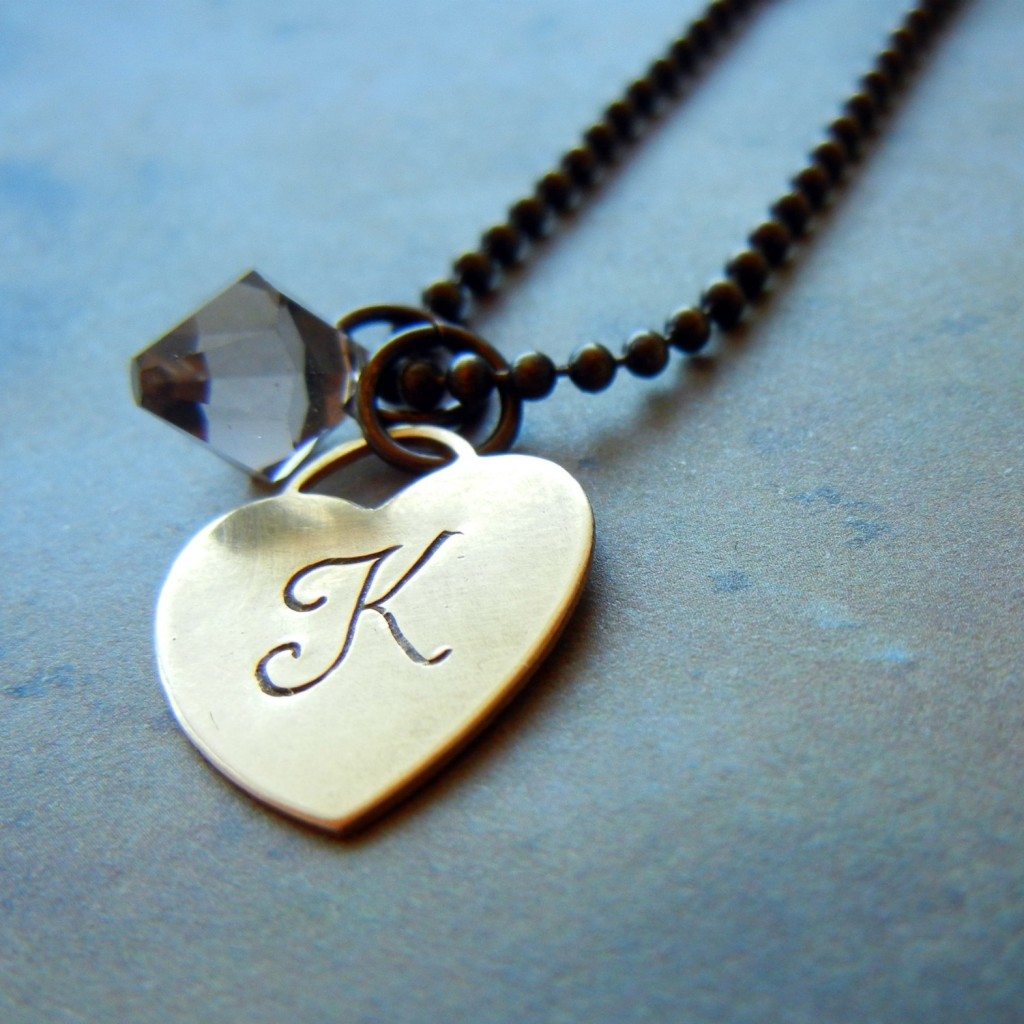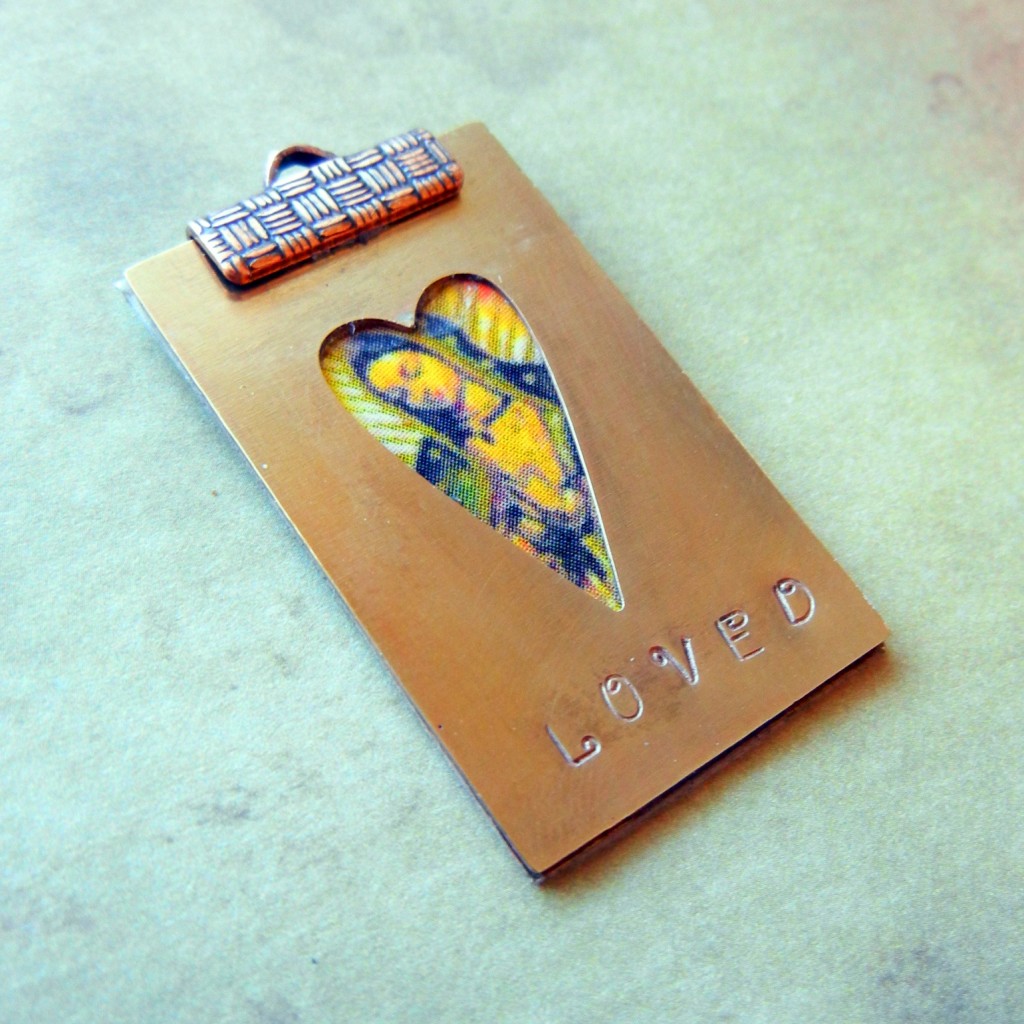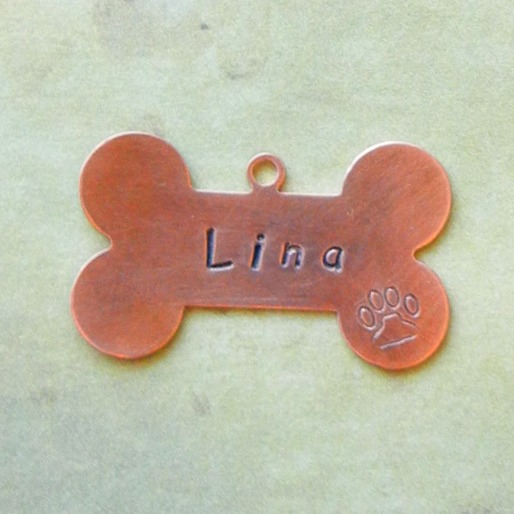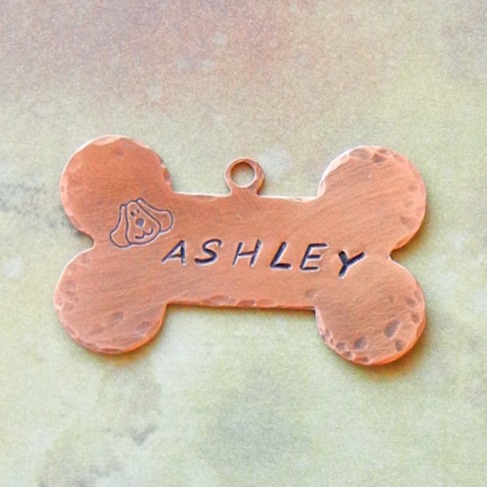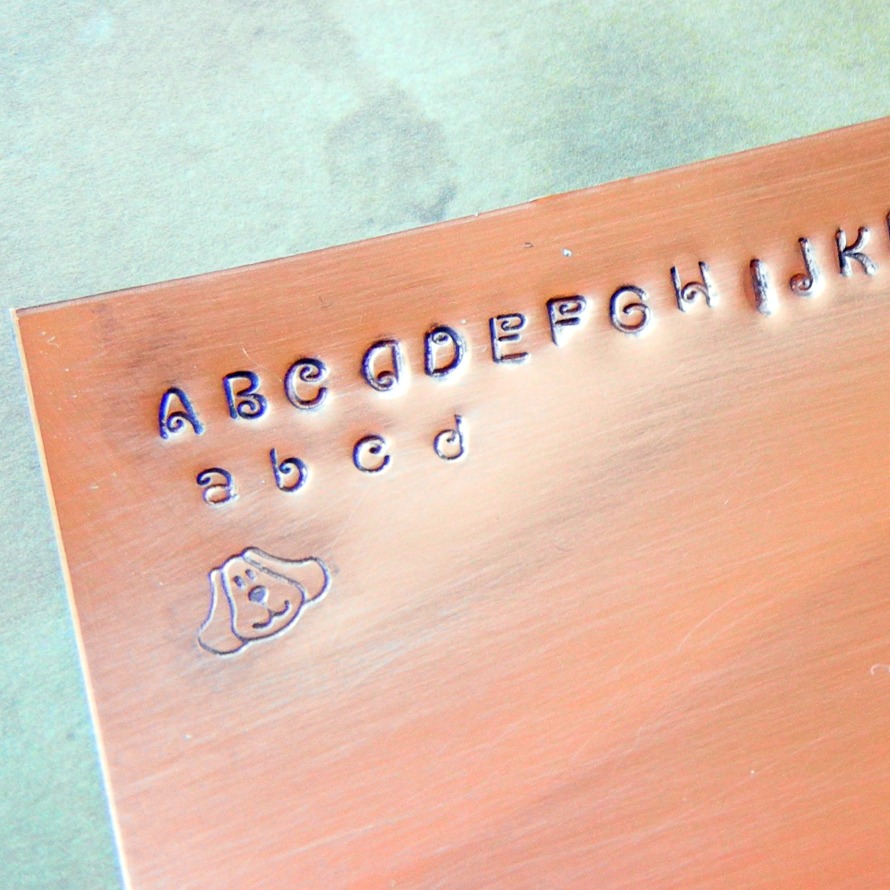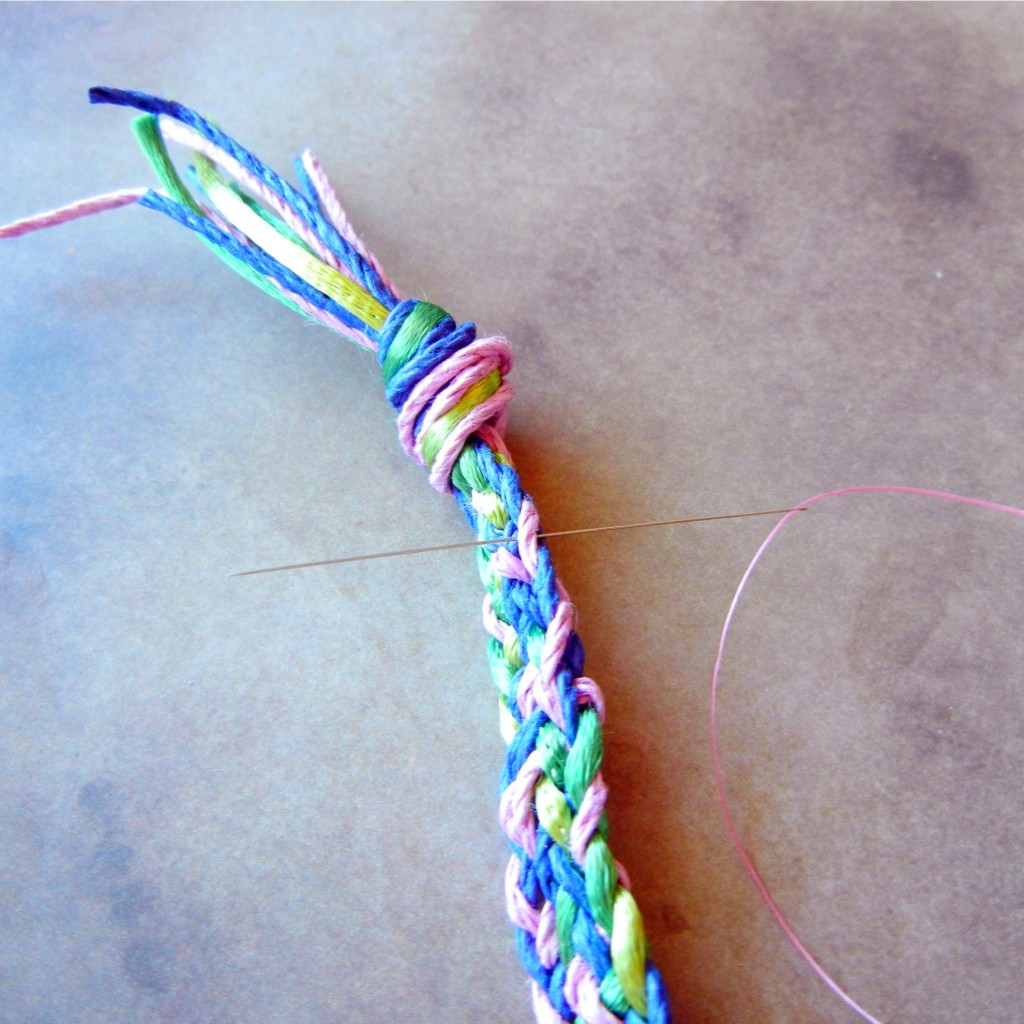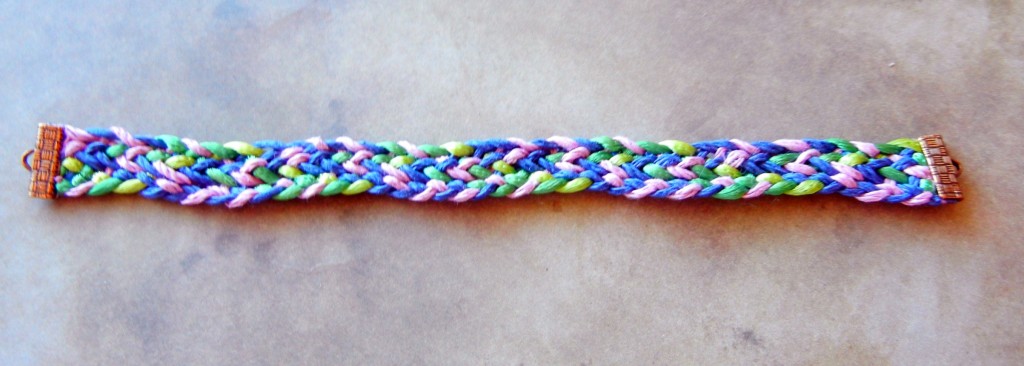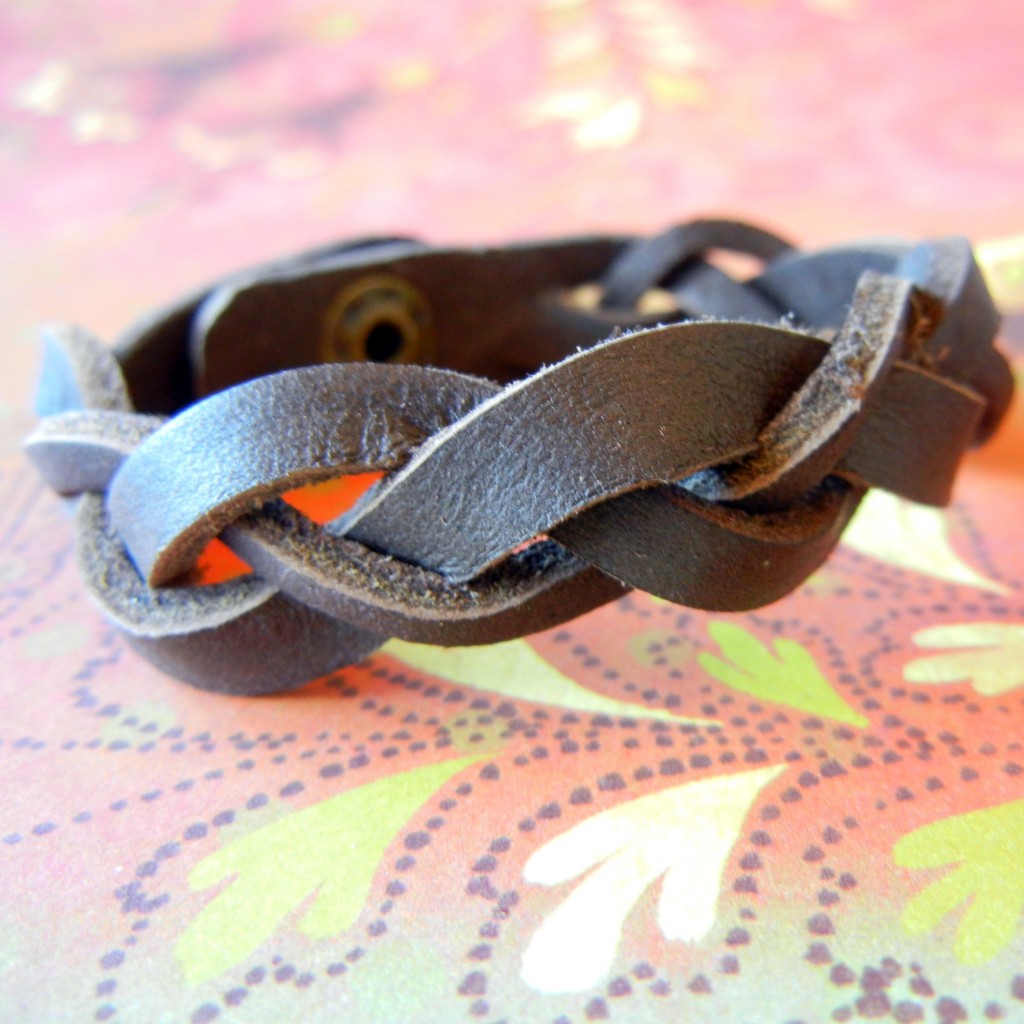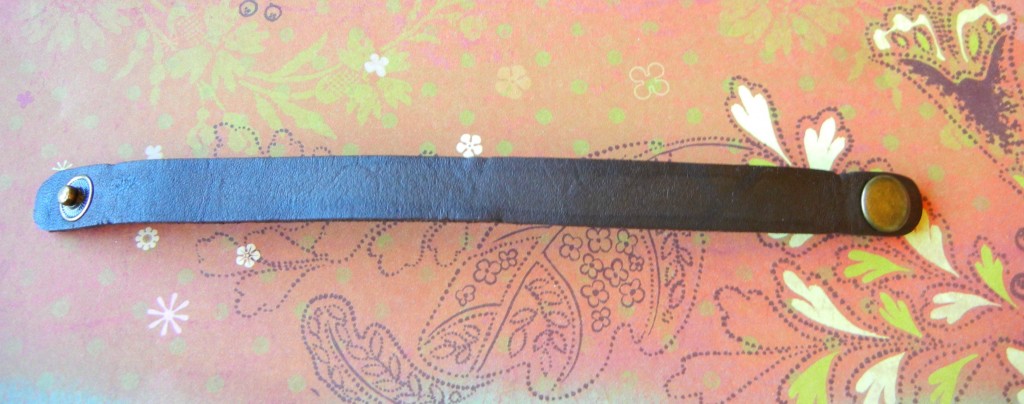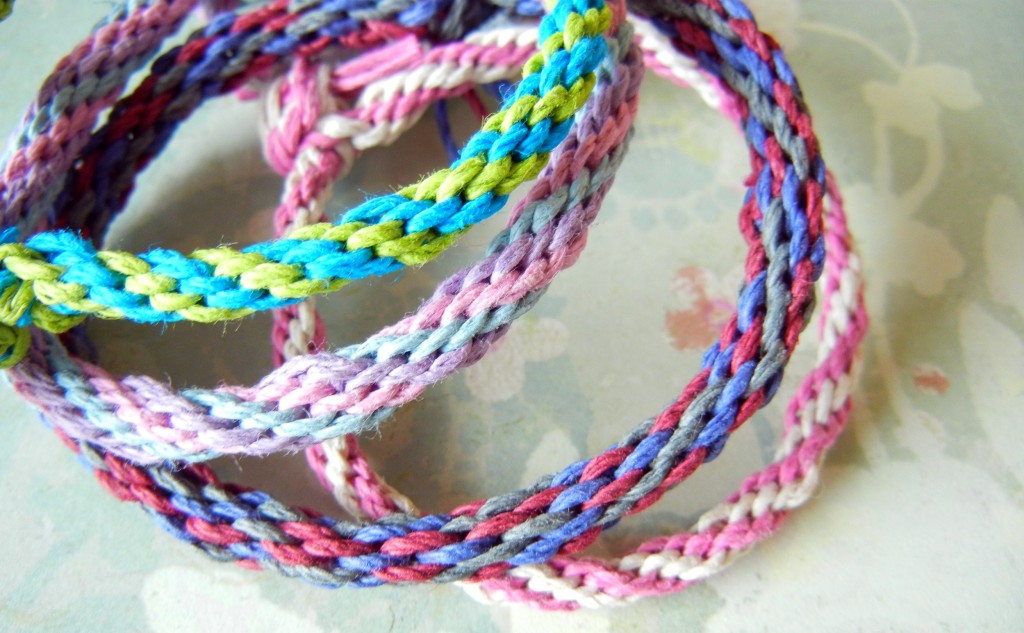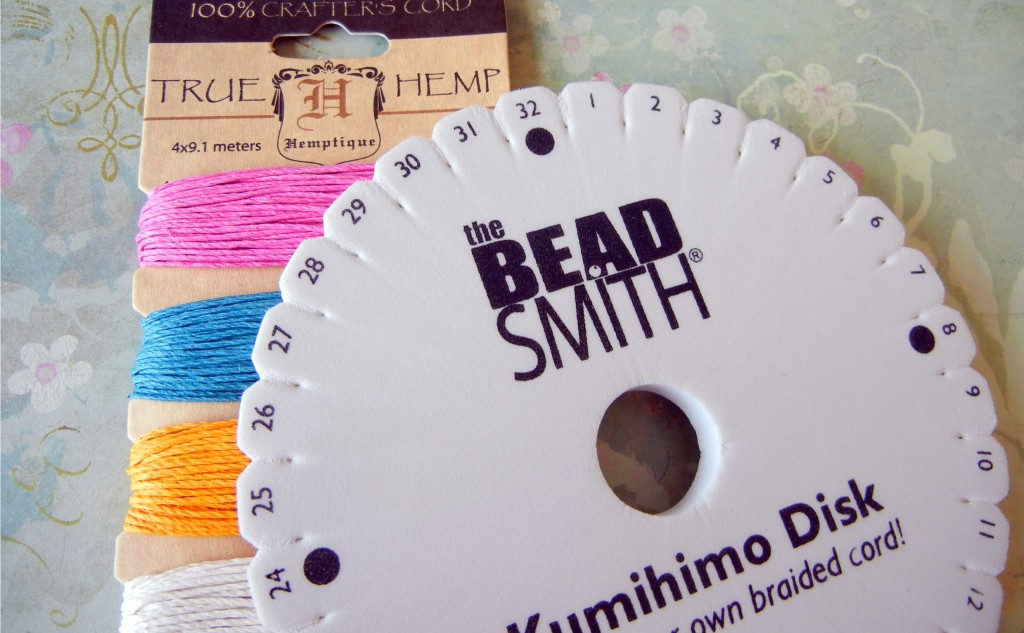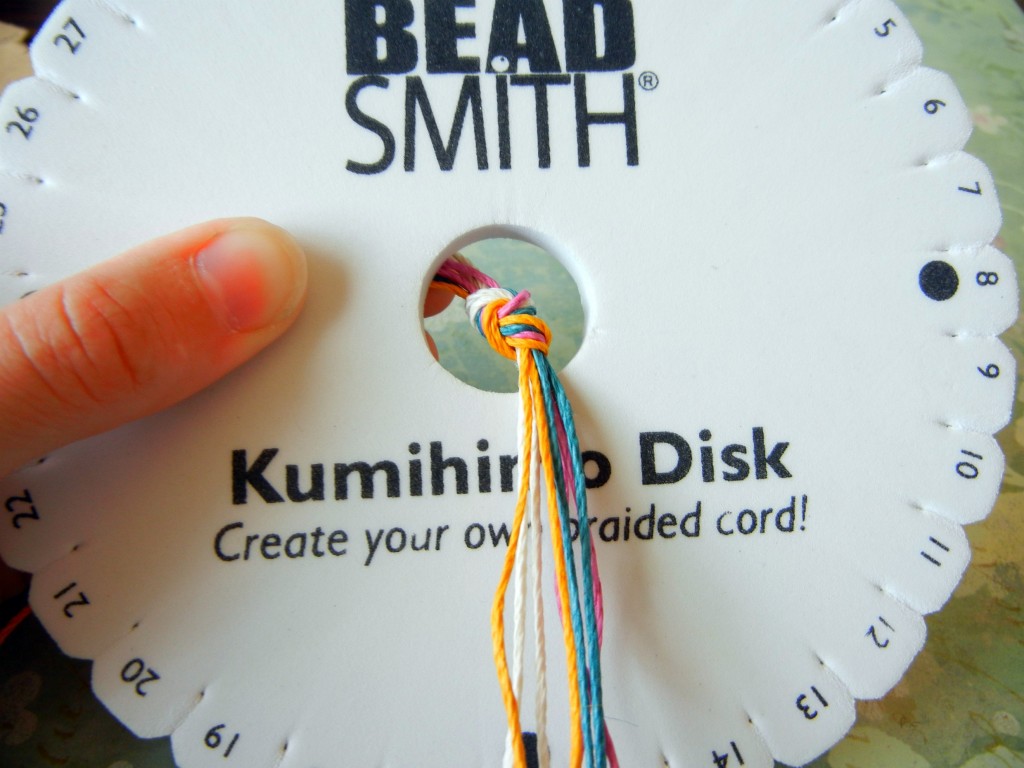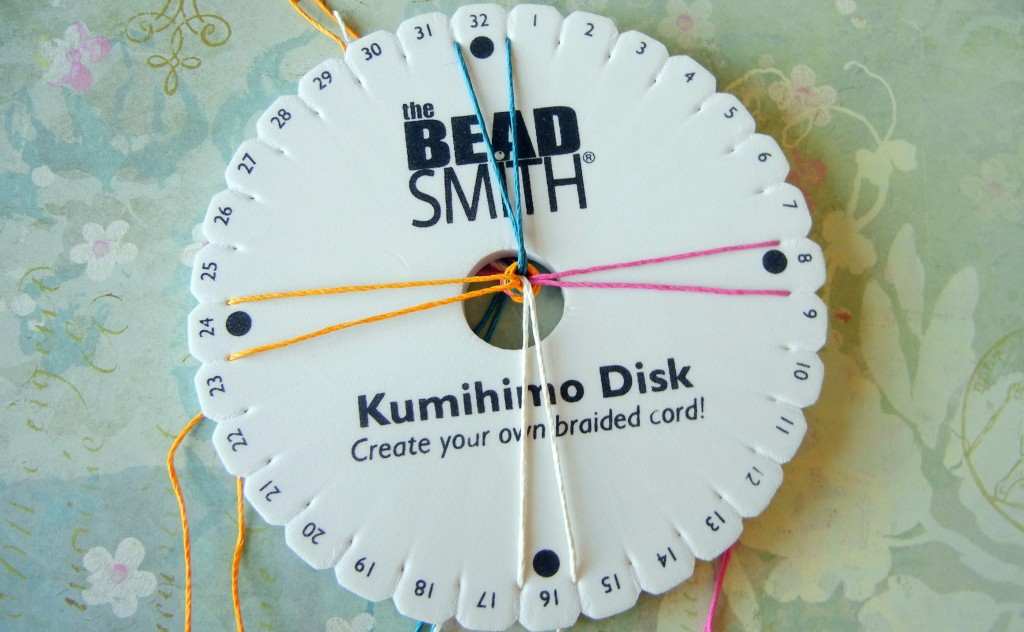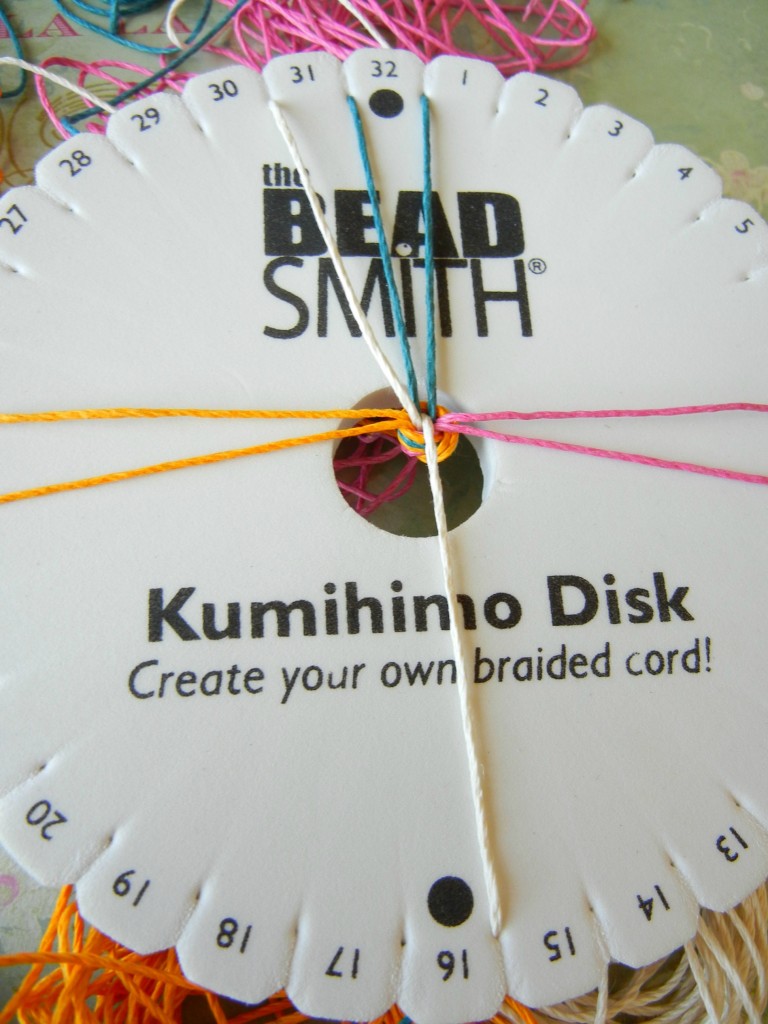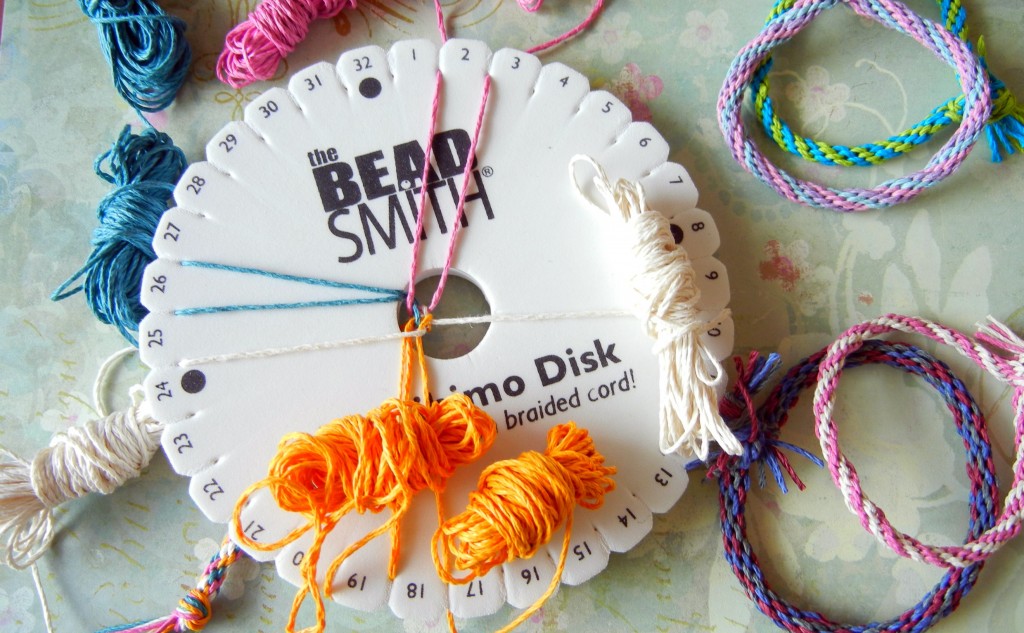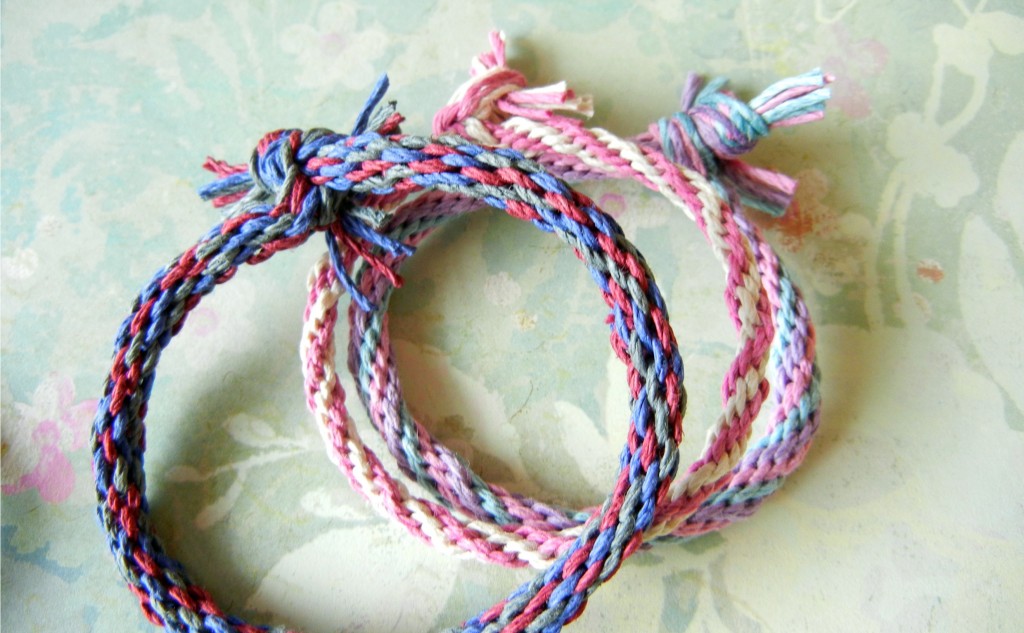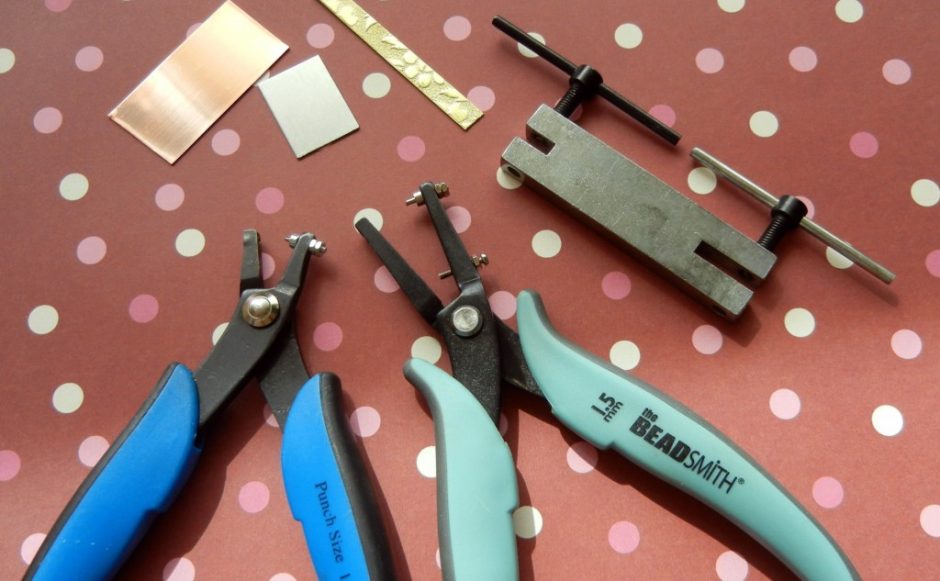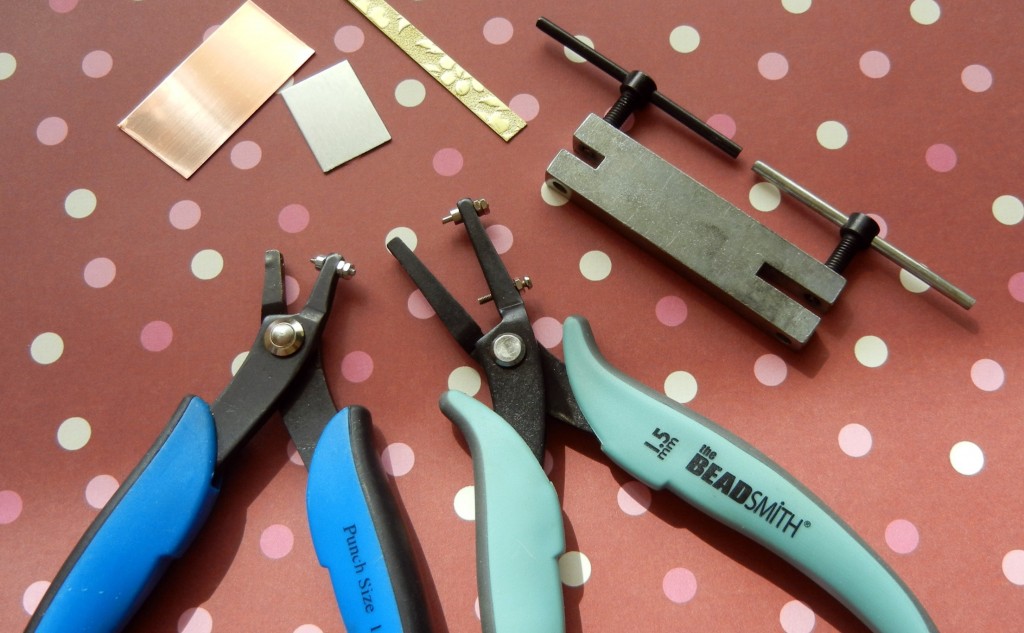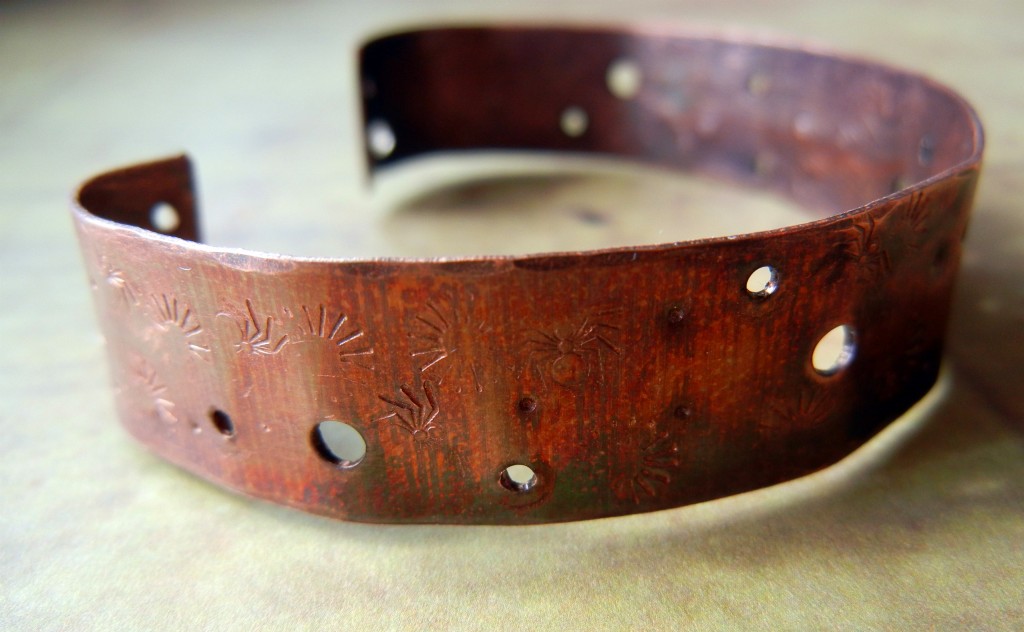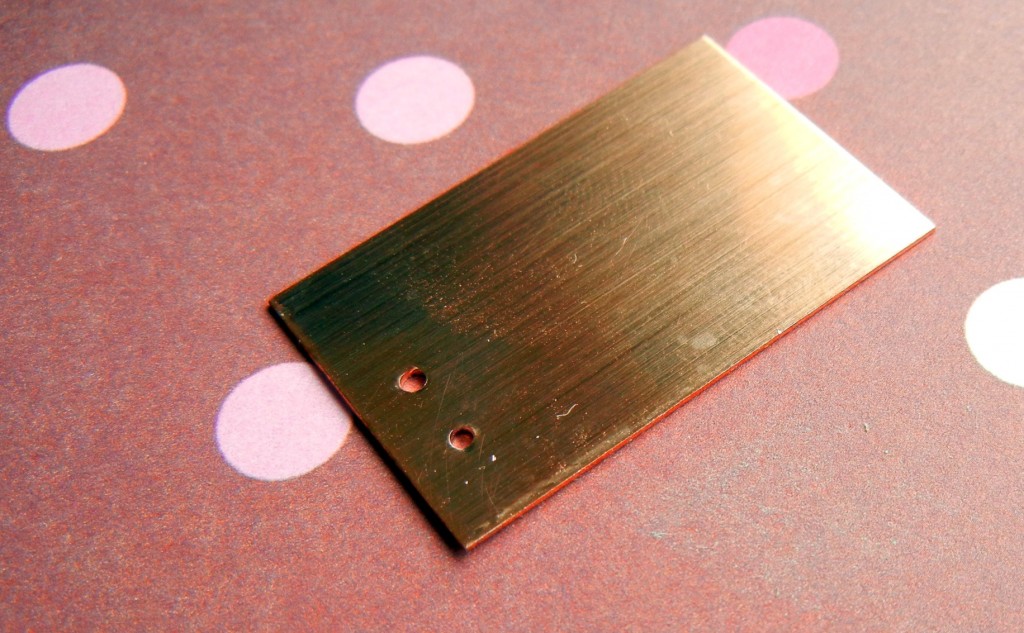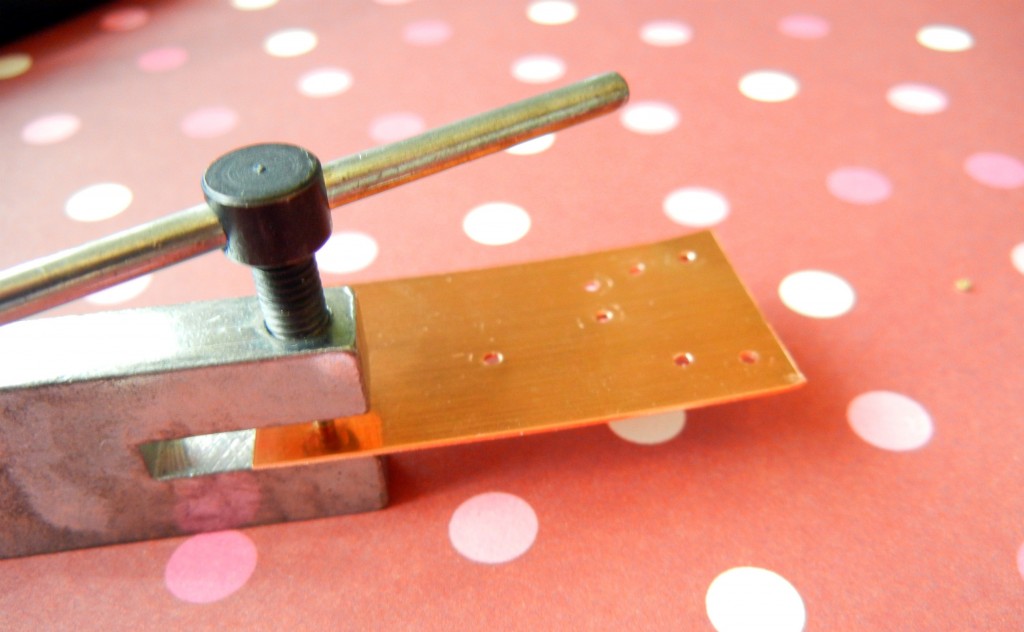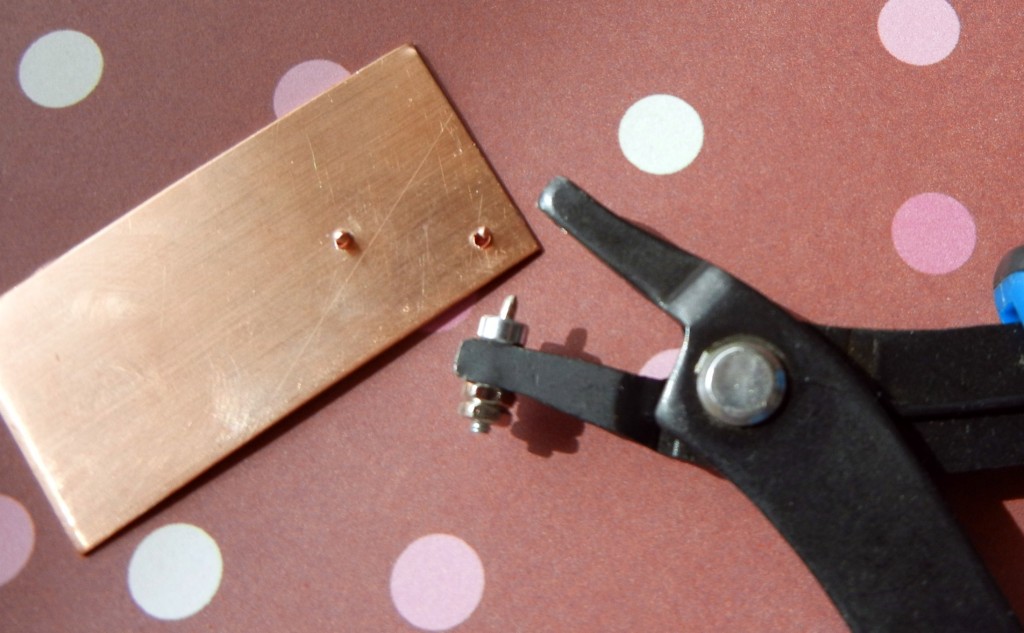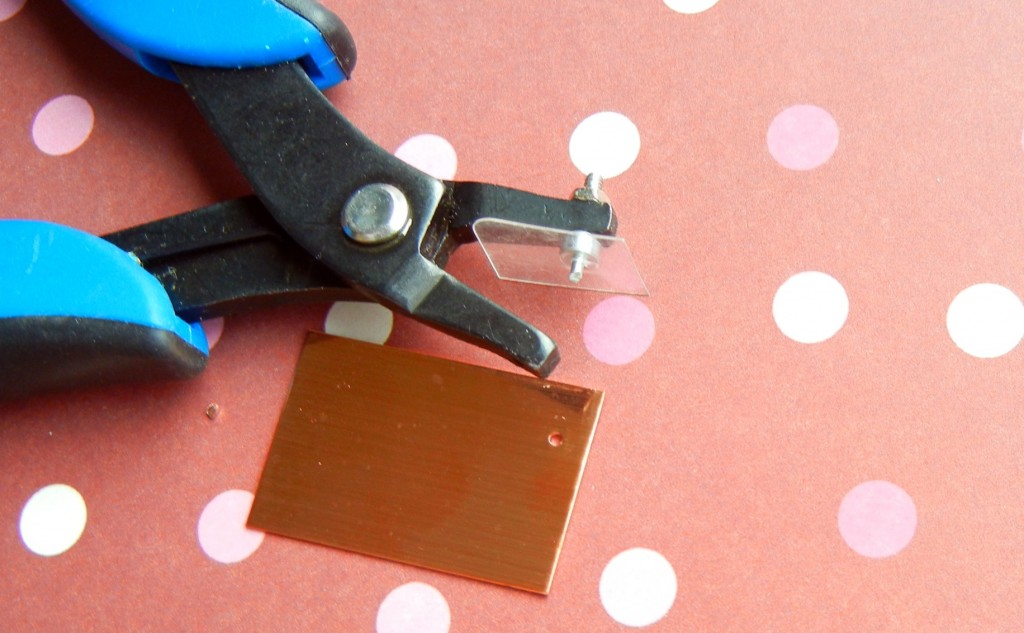
Tradition. While often we just mindlessly follow it, sometimes it is nice to understand the reasons why. For example, pearl necklaces are traditionally knotted on silk cord. Why is this?
- If the strand breaks, the pearls don’t go flying every which way.
- The knots provide space and cushion, which prevents the pearl’s delicate nacre coating from getting damaged.
- It just looks good!
Ok, so #3 isn’t an official reason, but it must be as true as the first two. People have been making pearl necklaces for hundreds of years, so I’m sure someone would have figured out a different method if this one wasn’t attractive. But knotted necklaces are attractive. What I only recently came to understand is how attractive they are to make. Knotting seems like a lot of work. Thread and I often do not get along, but I am a huge knotting fan now due to one simple tool:
 The knotter. The cord knotter is described as “an awl and tweezers in one handy tool.” I initially found this marketing claim to be discouraging, as anything involving tweezers sounds extremely tedious. But the knotter tool really does make a process that might otherwise require extra hands, several tools and loads of patience into something anyone can do. Watch this little video and you’ll see what I mean.
The knotter. The cord knotter is described as “an awl and tweezers in one handy tool.” I initially found this marketing claim to be discouraging, as anything involving tweezers sounds extremely tedious. But the knotter tool really does make a process that might otherwise require extra hands, several tools and loads of patience into something anyone can do. Watch this little video and you’ll see what I mean.
How to pick the right thread or cord for your necklace:
Conventional wisdom says silk cord is for pearls, while gemstone, crystal and other beads should be strung on nylon cord. The reason given is that sharp bead holes may damage the silk. However, one of the features of SWAROVSKI ELEMENTS redesigned 5328 crystal bicone beads is a smoother bead hole, which makes it less likely to damage the thread. As long as the cord isn’t jammed into the hole too tightly, and the beads aren’t too heavy, I’ve had good results with a variety of beads on silk cord. I prefer using the silk cord that comes with a needle end – it makes stringing so much faster!
Freshwater pearls come in beautiful colors and have interesting variations in shape, but if you are looking for classic round pearls at an affordable price, crystal pearls are your best bet. They have consistent hole sizes and are much more durable than natural pearls (ie, a misplaced spritz of perfume or hairspray won’t ruin their finish). When you buy SWAROVSKI crystal pearls from Rings & Things, the pearls are already strung on a long, color-coordinated cord, which means you can completely eliminate the stringing step! Larger crystal pearls have larger holes, so sometimes the cord is doubled. I used 8mm pearls for this necklace, and found it wasn’t any harder to knot doubled cord.
How to add a clasp to a knotted necklace:
Most pearl necklace tutorials require that you ream (enlarge) the holes on the pearls closest to the clasp. This is so you can add French wire (bullion) over the cord end before tucking it back through a few beads and doubling a few knots. I chose to finish my necklace with bead tips instead. Bead tips are little clam-shell shaped findings that allow you to connect the thread to metal findings.
 The best kind of bead tips are the “secure” type: adding a jump ring through the loops effectively seals the tip shut and allows you to attach a clasp or extender chain.
The best kind of bead tips are the “secure” type: adding a jump ring through the loops effectively seals the tip shut and allows you to attach a clasp or extender chain.
 Tying a seed bead inside the bead tip is the best method for ensuring that tip doesn’t slide off the end of the cord.
Tying a seed bead inside the bead tip is the best method for ensuring that tip doesn’t slide off the end of the cord.
Amy, another of our designers, makes a lot of knotted necklaces. She likes to use French wire to finish the ends, but simply knots the end, secures it with a dab of Super Glue or Bead Fix, and hides the knot under a crimp cover. Her method avoids the reaming too!
More knotted necklace options:
- Make it “endless” (long enough to fit over your head, or even long enough to wrap several times) – this way you don’t even need a clasp!
- Instead of knotting the pearls or beads right next to each other, use gaps of cord as a design element. To make even spaces, wrap the cord around a piece of cardboard or other fairly sturdy material that you’ve cut notches into. (I recycled a plastic gift card). [2019 Editor’s Note: Beadalon now makes a “Tin Cup” knotter tool that you can adjust for evenly spaced knots, too! And yes, Wyatt has a great video for it, too.]
Thank you for putting up with the Oz-like transitions from color to black and white to color again in my photos – the light here has been gloomy and strange, making it hard to get good photographs! But when the weather is gray, it is a great time to play with a new jewelry tool like the knotter! 🙂 ~ Cindy


